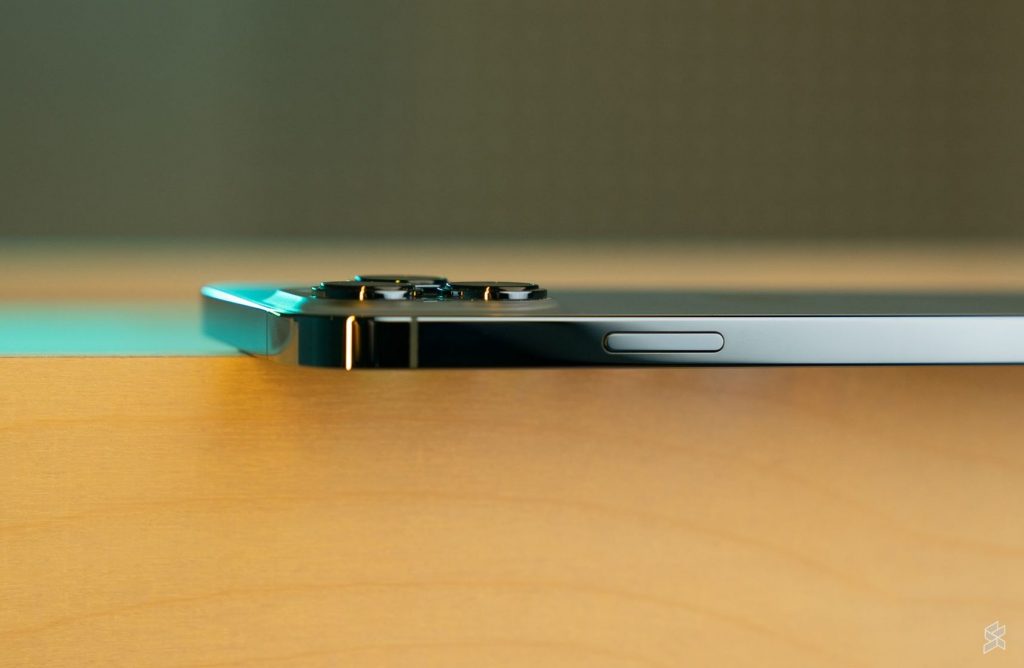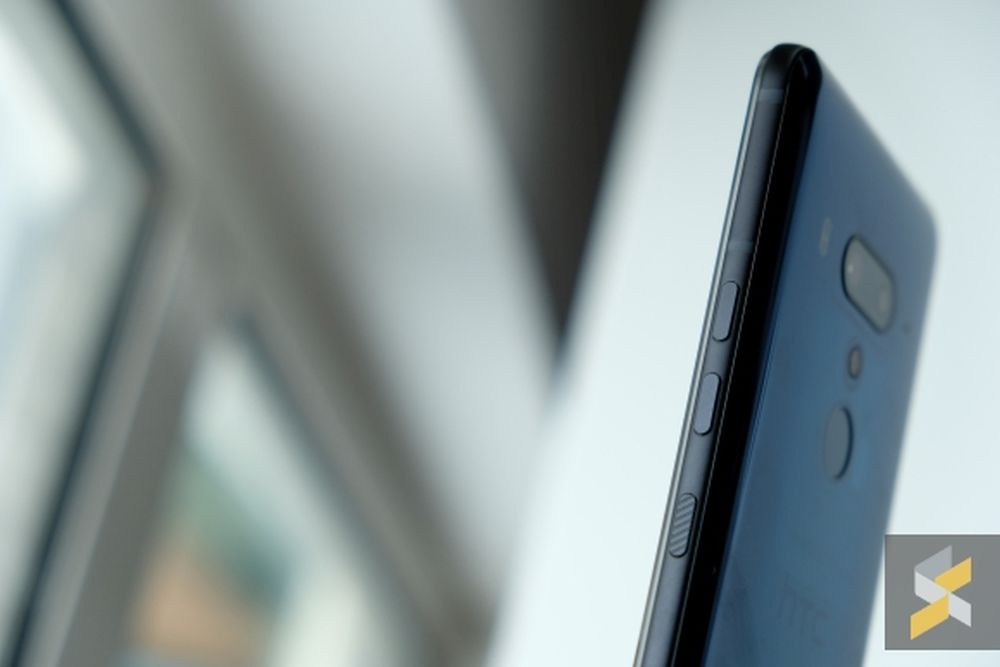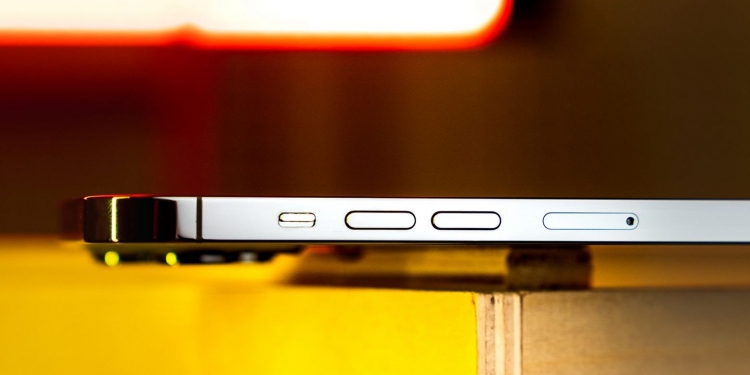Apple is known for its courage in taking out things such as the headphone jack and most recently, the physical SIM card slot for iPhone 14 series sold in the US. Next year, it appears that the Cupertino company’s next move is to get rid of the clicky mechanical push buttons that are currently used for the volume control and power button.

Well-known Apple analyst Ming-Chi Kuo predicts that the physical volume and power buttons of two high-end iPhone 15 devices would be replaced with solid-state buttons. He said this is similar to the static capacitive Touch ID home buttons that were introduced on the iPhone 7, iPhone 8 and iPhone SE 2020/2022. To give a feel of pressing an actual button, he said the devices would have Taptic Engines on the left and right side of the device to provide force feedback. This brings the total number of Taptic Engines to three as there’s currently one located at the bottom portion of the device.
(1/6)
— 郭明錤 (Ming-Chi Kuo) (@mingchikuo) October 28, 2022
My latest survey indicates that the volume button and power button of two high-end iPhone 15/2H23 new iPhone models may adopt a solid-state button design (similar to the home button design of iPhone 7/8/SE2 & 3) to replace the physical/mechanical button design.
It isn’t clear which specific iPhone 15 models would be using these new solid-slate buttons for volume control and power button. Currently, the two range-topping iPhone models are the iPhone 14 Pro and iPhone 14 Pro Max, and word has it that Apple may potentially introduce a higher-spec “Ultra” model next year.

Interestingly, Kuo added that high-end Android smartphone makers are expected to follow Apple in implementing a similar solution. In fact, there was already an Android smartphone maker that did just that with the HTC U12+. Introduced in 2018, the U12+ was the last HTC flagship smartphone to be released in Malaysia and it features pressure-sensitive nubbins for the power and volume controls.

As Rory explained in his first impressions, the “buttons” feel weird to use and he doesn’t see a massive advantage over traditional clicky buttons. When you press a button, the phone vibrates a little to let you know that your input is registered but the vibration happens in the middle of the phone, not at the button. Another issue is sometimes you don’t know how hard to press and you’ll find yourself having to press much harder than usual.
It is also worth noting that Vivo has also made a button-less and port-less phone but it was a Vivo APEX 2019 concept phone which wasn’t sold to the public.
Based on Kuo’s predictions, it appears that Apple is trying to find ways to address these usability and experience concerns by adding extra taptic engines to the sides. However, this could create space constraints and hopefully, this doesn’t mean unnecessary sacrifices such as reducing the battery capacity.








